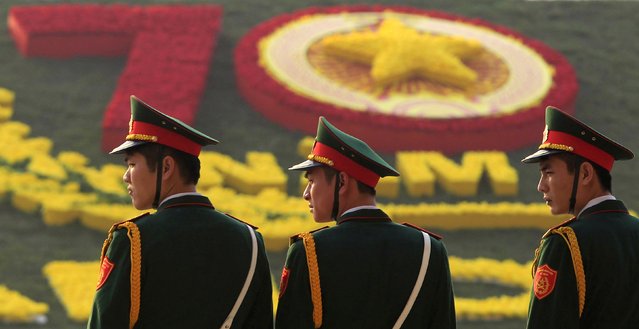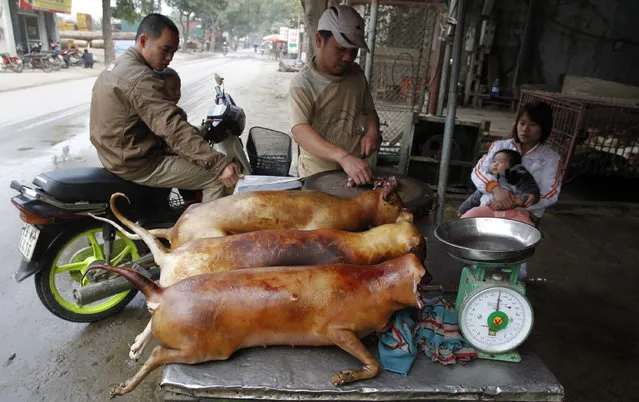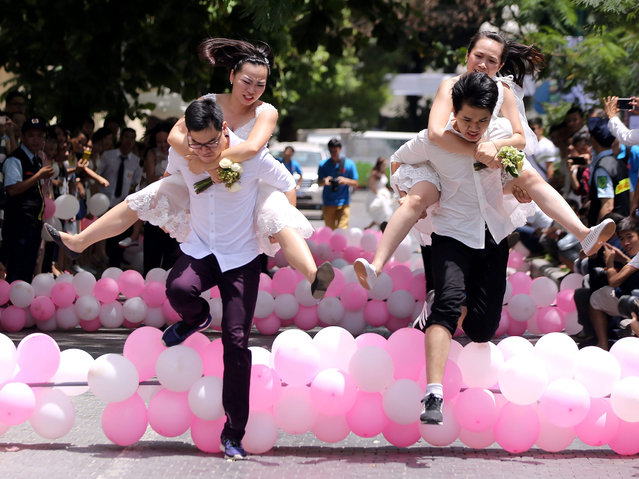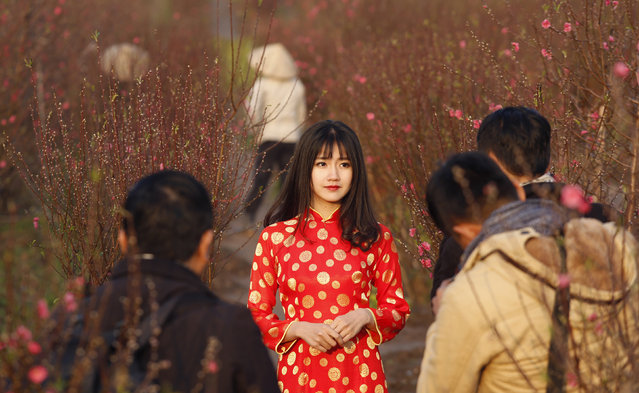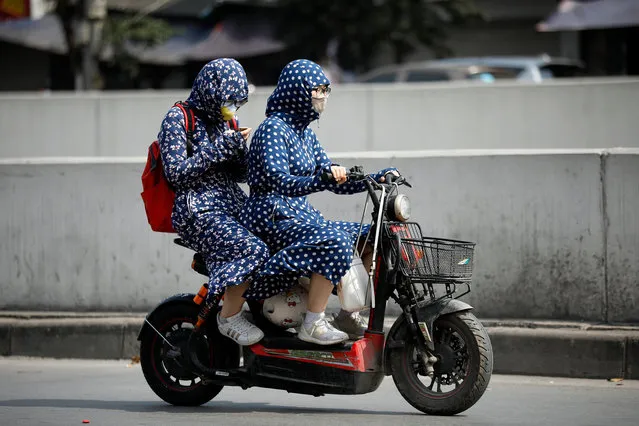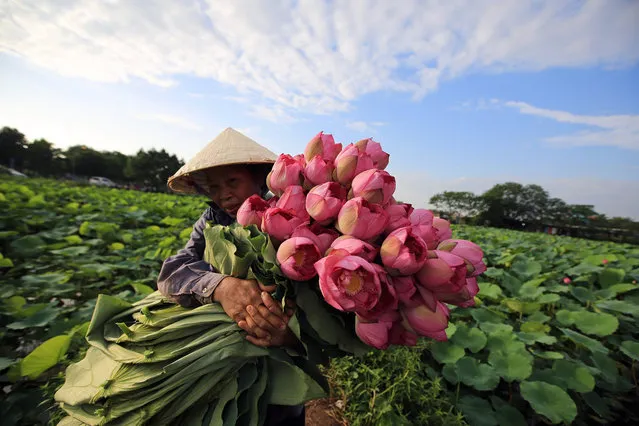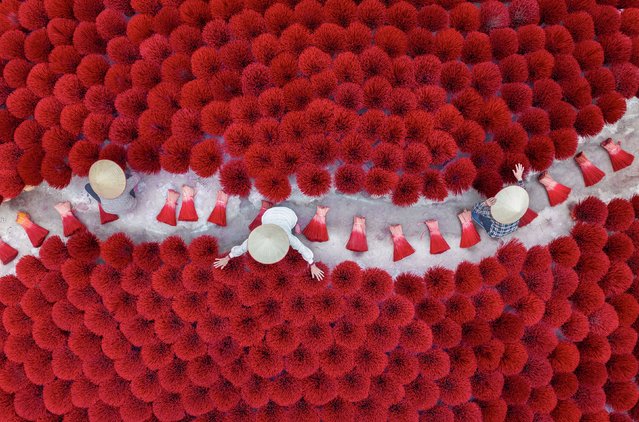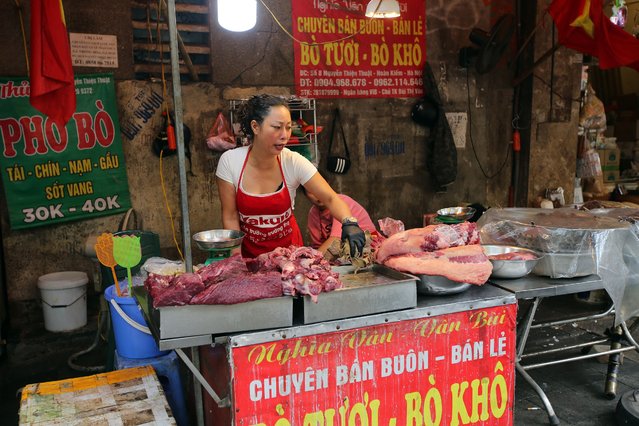
A vendor sells beef at a market in Hanoi, Vietnam 01 October 2024. Vietnam's official manufacturing Purchasing Managers' Index (PMI) declined to 47.3 points in September, down from 52.4 points in the previous month, according to the latest survey from S&P Global. (Photo by Luong Thai Linh/EPA)
16 Dec 2024 03:55:00,post received
0 comments

